In The beginning......
We planted hundreds of the best chestnut varieties from the best-known breeders in the United States.
Every tree in our orchard is designed to produce the highest quality chestnuts for your culinary delight. All of our trees and nuts are NON-GMO!
Field Prep for orchard




Orchard surveyed and staked out


Planting day is HERE!




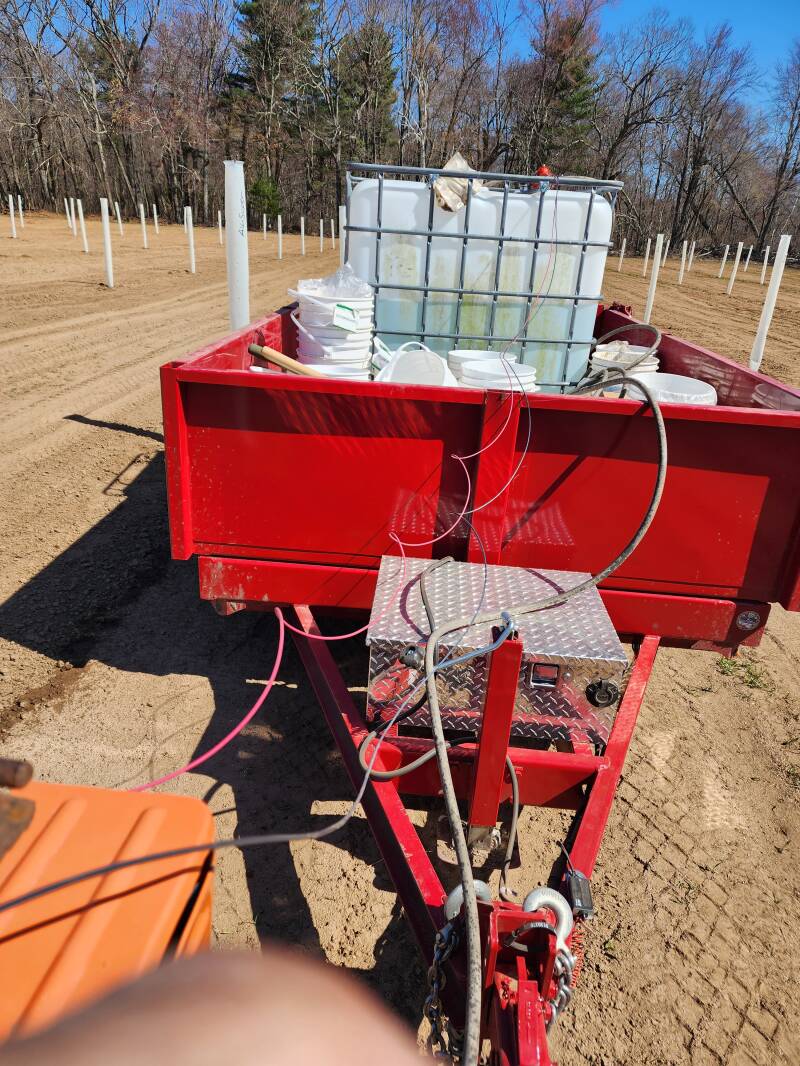

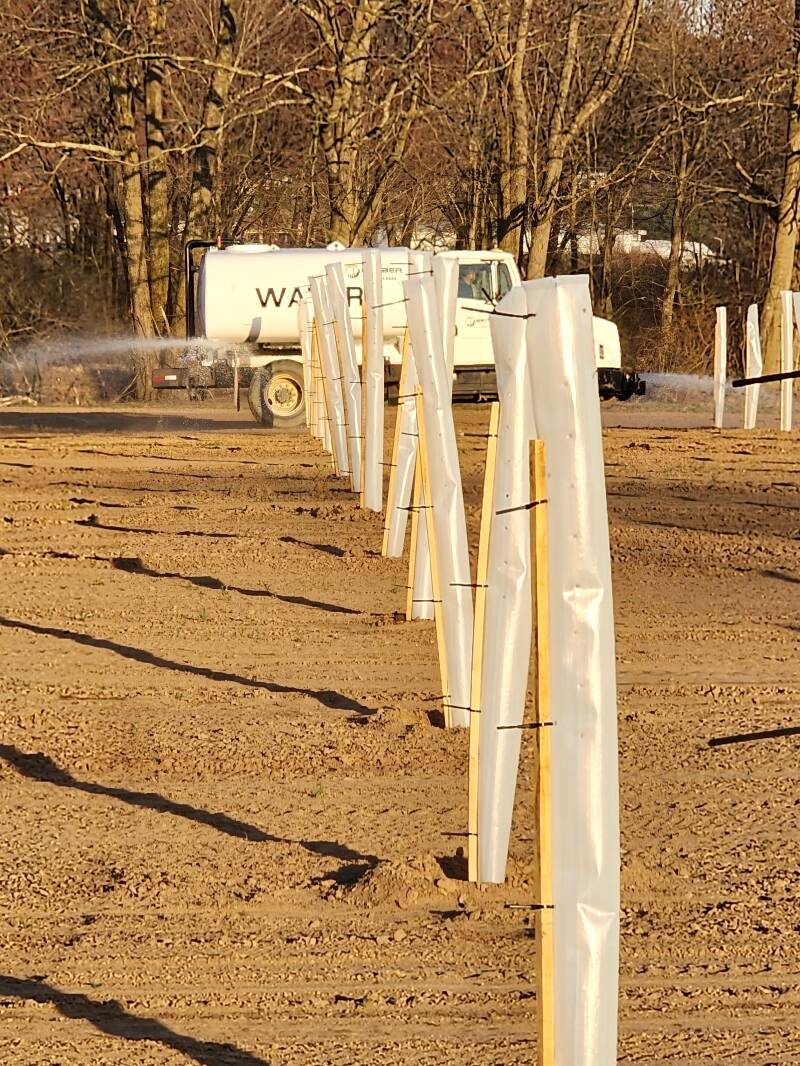
Water, Water, Water



Each tree is placed within a six-foot-tall grow tube, which is designed to admit the proper amount of UV light, shield the trees from deer, and retain moisture.



Little tykes waking up and putting out their leaves!
Irrigation
We have installed 16,000 feet of half-inch irrigation tubing, 1,000 feet of one-inch tubing, and over 850 drip irrigation heads.
Drip irrigation technology, which originated in Israel, is designed to maximize growth with a minimal amount of water, thereby having a minimal impact on the environment. We up graded our irrigation system this year (2025) so it runs completely off of solar energy.
We added a Bluetti AC-500 battery back-up system to power a 3/4 HP water pump, the Bluetti is fed with 4 solar panels and feeds a Hunter irrigation controller, the irrigation controller is hook to a pump relay so when the controller wants to water the pump relay turns the pump on for as long as the programed run. Then the water is sent through a filter system and out to individual emitters on each tree.


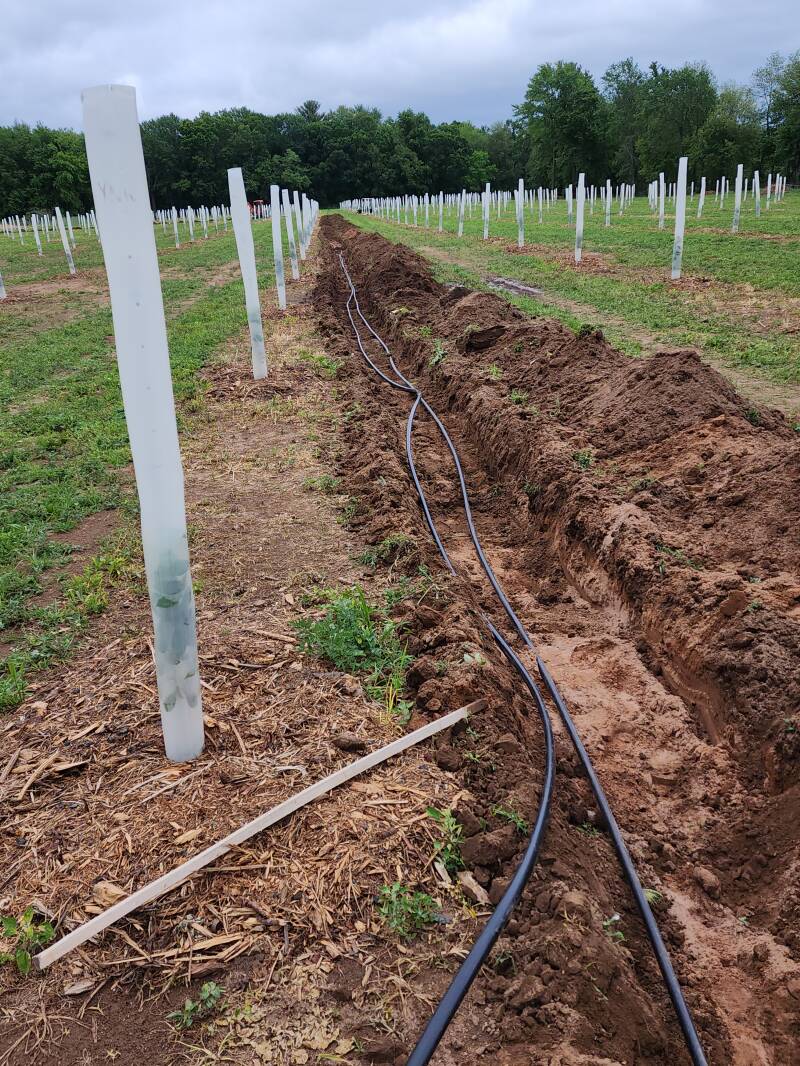

Our drip emitters are designed to release 2.1 gallons of water or fertilizer per hour, ensuring that each tree receives an equal amount of liquid across the orchard at a consistent pressure of 30 psi.



Feeding day
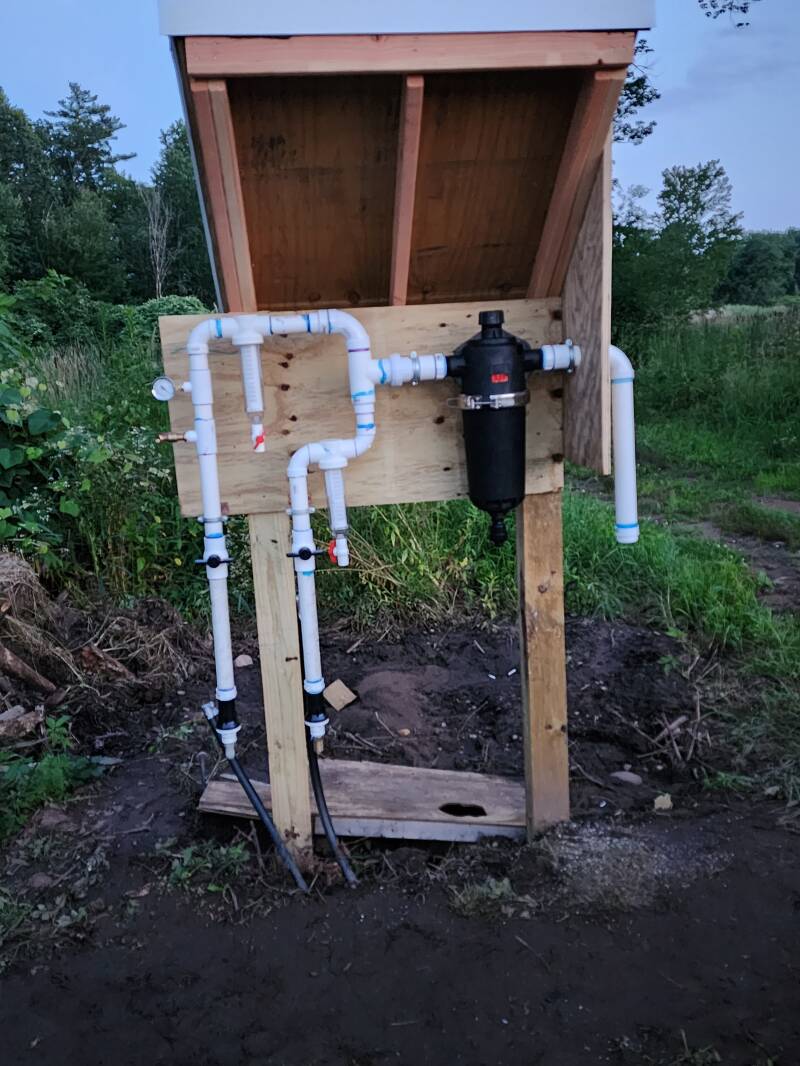


At Connecticut Chestnuts, we blend our all-natural tree feed with water in a 1600-gallon tank and deliver it to our trees via a pressure pump. In times of drought, we pump out only pure, clean water to keep our trees well-hydrated and healthy.
In a typical feeding session, Connecticut Chestnuts release 75 gallons of fish hydrolysate into 750 gallons of water. It's estimated that a single tablespoon of soil could hold as many as 50 billion microbes. This suggests that each feeding could spread around 960 trillion (960,260,000,000,000) microbes, although this number is not confirmed due to counting difficulties. These minuscule soil dwellers are the unsung heroes of our ecosystem, laboring invisibly to maintain the health and robustness of our Earth.


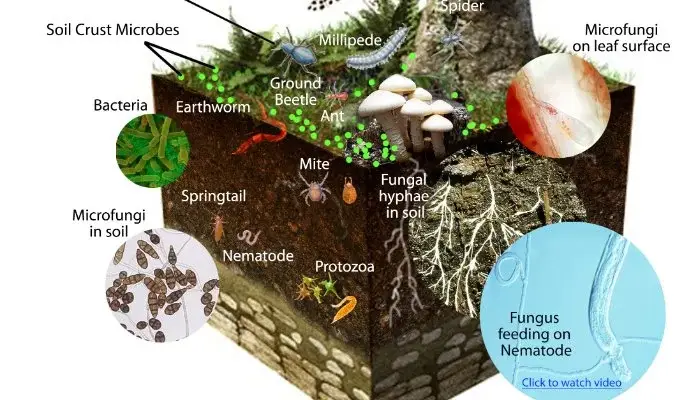
Our fertilizer
We produce our own all-natural fish fertilizer, similar to brewing beer or wine, to nourish our trees. We avoid using synthetic fertilizers imported from other countries. By creating our own fertilizer, we have precise knowledge of its contents and what we are feeding our trees. This method of fish fertilizer has been historically used by the Incas thousands of years ago. It is believed that fish as fertilizer was also utilized by the Egyptians and Mayans, possibly over 10,000 years ago.
Fish Hydrolysate Fertilizer is a nutrient-dense liquid derived from enzymatically digested or fermented fish. It boasts a range of nutrients, amino acids, and proteins that contribute to soil health and plant growth. As a sustainable and environmentally friendly option, it stands out as an excellent choice for gardeners seeking a natural fertilizer for their gardens.
Although synthetic fertilizers might be simpler to apply, we are convinced that our method yields healthier plants and more flavorful chestnuts. To our knowledge, we are the sole chestnut orchard globally that uses fish hydrolysate as fertilizer.
Microbes: Microbes play a crucial role in soil health. By producing fish fertilizer, we are essentially cultivating microbes and providing them as nourishment for our trees. These microbes then establish themselves in the soil and around the roots. Larger organisms, known as nematodes, feed on these microbes and their waste provides nutrients that the tree roots absorb. In response, the trees release sugars to sustain the microbes, creating a symbiotic cycle that results in fertile soil and robust trees. Remarkably, a single tablespoon of soil may contain up to one billion microbes.






We meticulously track the nutrient content of our trees using a method known as "leaf analysis." The University of Connecticut's Agricultural Department examines the nutrient levels in the leaf samples we provide from various parts of our orchard. Based on the results, we supplement the trees with all-natural additives, ensuring they receive a balanced diet that promotes optimal growth and health. The most frequently added micronutrients are Molybdenum, Manganese, Copper, and Boron, each playing a unique role in plant development.
Raptor perches

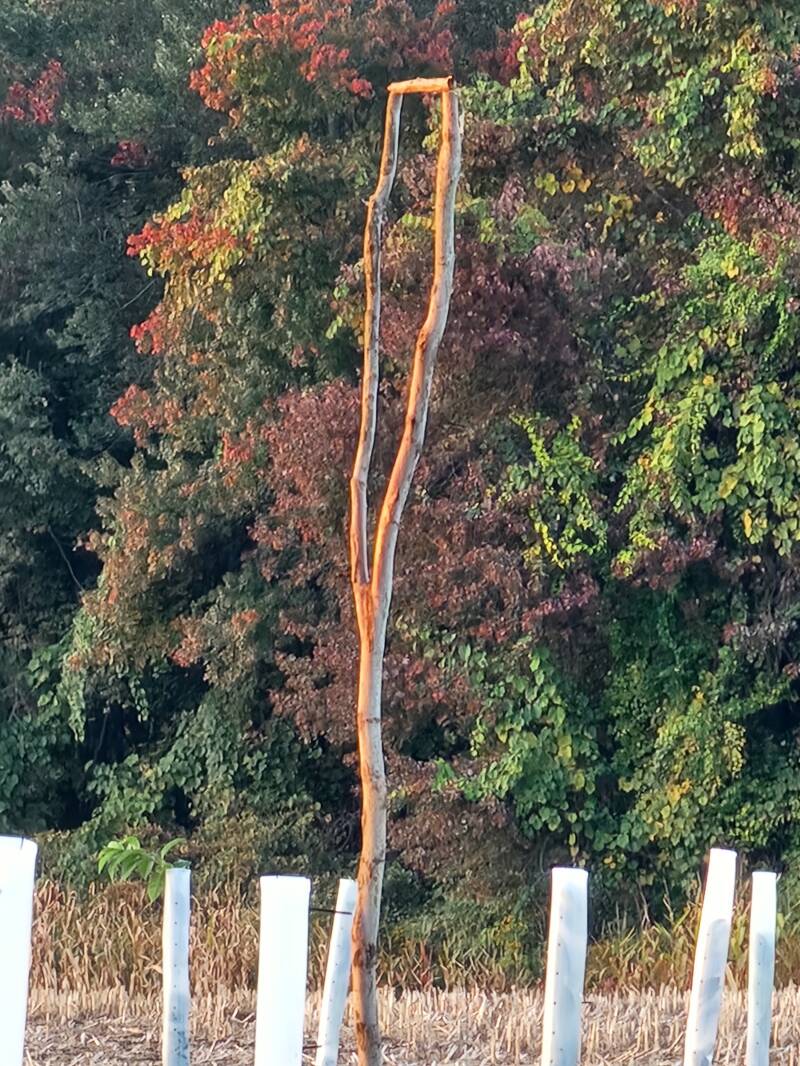


In our orchard, we've installed four raptor perches; these 20-foot poles offer raptors like hawks and owls a vantage point to survey the area. This natural method helps control the populations of mice, voles, rabbits, and squirrels, which can harm the trees. The perches are most utilized by owls, as they hunt at night when various pests are active.
Results
Our orchard is yielding extraordinary results.
The trees are growing more rapidly than anticipated, and they are bearing delicious nuts at an earlier age than expected.
Happy trees, happy nuts, happy life!
April 13th June 27 August 12 August 20 2-year-old tree





A few videos to help others grow a chestnut orchard.